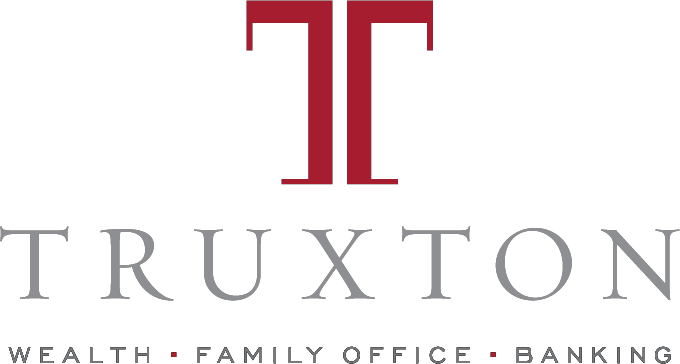Tax Payment Strategies: Safe Harbors
Making payments to the government is perhaps the most unattractive thing we do and advise our clients about, however, careful planning and timely payments are more important now than ever.
The majority of individual taxpayers satisfy their income tax liability through withholding from their paychecks each pay period and their employers remit such tax to the United States Treasury. For the twelve-month period ended April 30, 2023, average individual income tax withholding represented 68.93% of total federal individual income tax receipts. The remainder of individual income tax payments were mostly attributable to prior year liabilities and estimated tax payments for current tax liabilities.
Withholding is an interesting regime. For individual income tax purposes, it was ushered into law under the Current Tax Payment Act of 1943. The “Act of 1943” required employers to withhold income tax from employees’ wages and remit those taxes to the federal government. By placing the responsibility for collection of individual income tax on employers, compliance could be efficiently enforced and non-compliance resulted in the assessment of penalties and interest to the employer at minimum, criminal prosecution and incarceration at maximum. A consequence of the withholding regime and shifting responsibility has been, over time, a dramatic reduction of taxpayer awareness of the amount of tax paid; tax withholding is largely an out-of-sight, out-of-mind endeavor. Most taxpayers receive a refund of over withheld tax each year after they file their annual return without much thought given to the amount of tax actually paid. Prior to the Act of 1943, taxpayers were required to submit estimated tax payments each quarter, file an annual return each spring and pay the difference between estimated quarterly payments and actual tax liabilities, often acutely aware of the amount of the total tax paid.
Quarterly estimated tax payments are still required on income not subject to withholding and to encourage compliance, the Internal Revenue Service imposes a penalty for failure to make timely estimated tax payments under Internal Revenue Code (IRC) §6655. The penalty, which also considers income tax withholding, is assessed when income tax returns are filed. Generally, IRC §6655 applies to the amount of underpaid tax relative to when the payments are due to when they are paid and is calculated daily using penalty rates published quarterly by the IRS.
Over the last year, as the Federal Reserve has tightened monetary policy, interest rates have risen and so has the underpayment penalty rate the IRS charges. The underpayment rate was 3% for the first quarter of 2022. It is currently 7%. The penalty rate over the last several years hasn’t had the compelling effect it has now; the erstwhile arbitrage of after-tax market gains exceeding the penalty seemingly more implausible. However, there are certain “safe harbors” that can be satisfied whereby no underpayment penalty can be assessed:
- Through a combination of withholding and timely estimated tax payments, pay 90% of the current year liability, or
- Through a combination of withholding and timely estimated tax payments, pay 100%* of the prior year total tax liability. (*110% if your prior year adjusted gross income was over $150,000)
Satisfying the first safe harbor can prove difficult, as estimating income and associated tax liability on a quarterly basis to meet at least 90% of your overall liability is not an easy task. The second safe harbor may not be that attractive depending on your situation. After all, just as much as you do not want to underpay the government, you also want to avoid overpaying the government, effectively making an interest free loan with the requirement that you file a tax return and ask for it back.
If you have been paying estimated tax payments for years, then you’re familiar with the routine. For years in which your estimated income will exceed the prior year, then your minimum estimated tax payments should be at least 100%/110% of your prior year total tax liability, the remaining balance settled in April of the following year. If your estimated income for the current year is to be static or unchanged over the prior year, then the second safe harbor (100%/110%) is generally appropriate. However, if your estimated income is less than the prior year, you should make calculations each tax quarter and pay estimated tax payments accordingly. For instance, consider the result of paying estimated tax payments based on 110% of prior year tax when the prior year included a large gain or extraordinary income event. If current year estimated tax payments are based on the prior year and the income event will not repeat, an overpayment will result. The government does not pay you interest on overpaid tax liabilities in this circumstance and is widely considered poor tax planning. We recommend that you work with your trusted tax professional each quarter to estimate income for the current year and calculate an estimated tax payment.
If you are new to estimated tax payments, perhaps you are newly self-employed or retired and your income is no longer subject to withholding, or you have questions about estimated tax payments and penalties, you should consult your trusted tax professional for guidance.
The next quarterly due date for estimated tax payments is June 15th; there’s still time to review your tax situation and make payments accordingly, as unattractive as that may sound.
The Wealth Management team at Truxton Trust provides a wide range of services to clients and their families including tax services. Call or stop by. We’d love to hear from you.

